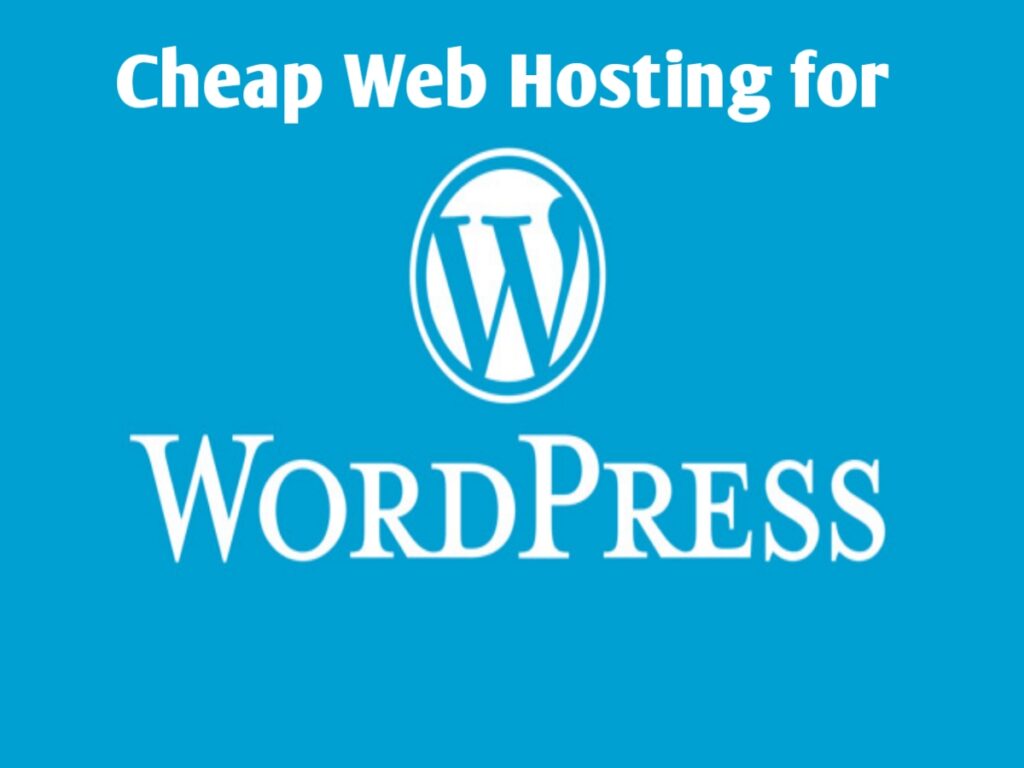Migrating your website to a new hosting provider can feel like moving into a new house. It’s exciting because of the potential improvements, but it also requires careful planning to avoid disruption. With the right approach, you can ensure that your website migration enhances performance without harming your SEO. In this post we learn how to properly migrate your website to a new hosting provider.

Understanding the Migration Process
Website migration is more than just moving data from one place to another. It involves careful planning to avoid pitfalls that can affect your site’s performance and search rankings. It’s crucial to map out your strategy and know the steps involved.
Table of Contents
Types of Website Migrations
There are different types of website migrations:
- Moving to a new hosting provider: This involves transferring your site’s data files and databases to a different hosting service while retaining the same domain name.
- Changing domain names: Sometimes, businesses may need to alter their domain names, which requires additional considerations.
- Switching platforms: Changing from one content management system (CMS) to another, like moving from WordPress to Shopify, is also common.
Each type comes with its own set of challenges and considerations, but at their core, they all require careful coordination and testing.
Reasons for Migrating
Why might you want to migrate your site? Here are a few common reasons:
- Improved performance: A slow-loading site can frustrate users and negatively impact SEO. Migrating to a provider with better server speed could solve this issue.
- Better customer support: Quality hosting providers offer robust support to help resolve issues quickly.
- Cost-effectiveness: Sometimes, switching to a different provider can significantly reduce hosting costs.
Preparing for Migration
Before beginning the migration process, it’s critical to lay down some groundwork to avoid data loss and ensure a smooth transition.
Backing Up Your Website
Backing up your website is essential. You’ll want to save all files and databases to guard against any errors during the migration. Consider using reliable backup services or plugins to create full site backups that you can easily restore if needed.
Choosing the Right Hosting Provider
Selecting the right hosting provider is key to a successful migration. Consider factors like performance, cost, uptime, and the level of customer support. 10 Tips for Choosing the Right Web Hosting Company can help guide your decision.
Executing the Migration
With preparation done, it’s time to move your website.
Transferring Files and Databases
Start by transferring your website’s files and databases to the new hosting provider. You may use an FTP client to move files and tools like phpMyAdmin for exporting and importing databases. This step needs to be handled carefully to ensure that no data is lost.
Updating DNS Settings
Once the files and databases are transferred, update your DNS settings to point your domain to the new hosting server. This involves changing nameservers, which may take some time to propagate. Patience is key here, but once complete, visitors will begin accessing your site from the new host.
Post-Migration Steps
The work isn’t over after the migration. There are still important steps needed to ensure everything runs smoothly.
Testing Your Website
Test all aspects of your site to ensure that everything is functioning as expected. Check for broken links, missing images, and any functionality that might have been lost in the transition. This is vital to maintain your site’s user experience and search rankings.
Monitoring Performance
Monitor your site’s performance over the next few weeks. Use analytic tools to track website speed and performance metrics. If you notice any dips in performance, it may require adjustments or additional resources from your hosting provider.
Conclusion
Migrating your website to a new hosting provider doesn’t have to be daunting. With detailed planning and execution, you can enhance your website’s performance while maintaining its integrity. Think of it as a fresh start that opens up new opportunities for growth and improvement. Remember, the key to a successful migration is in the preparation and the follow-up care you give to your site.
You may like these:
Guide to Creating Eye-Catching Google Display Ads
Frequently Asked Questions About Migrating Your Website to a New Hosting Provider
1. What Should I Do Before Migrating My Website?
Before migrating, back up all files and your database. Make sure your new hosting service supports the necessary technology and software.
2. How Do I Choose the Right Hosting Provider?
Consider factors like performance, uptime, customer support, and cost. Read reviews and compare features to find a provider that fits your needs.
3. What Is the Easiest Way to Transfer My Website?
Use migration tools offered by some hosts. They automate the process and minimize errors. If your new host doesn’t offer such tools, consider hiring a professional.
4. How Do I Update DNS Settings?
Access your domain registrar’s control panel. Point your domain to the new hosting provider’s nameservers. It may take 24-48 hours to propagate.
5. Can I Migrate My Email Accounts Too?
Yes, export your existing emails, and set up the accounts on your new host. Check any instructions or tools provided by your new provider.
6. What Common Mistakes Should I Avoid?
Don’t rush the process. Ensure backups are complete, verify that all files are transferred, and thoroughly test your site on the new server before updating DNS records.
7. Is Manual Migration Difficult?
It can be if you’re unfamiliar with web development. Follow guides carefully or seek help from an experienced professional to avoid data loss.
8. How Can I Ensure a Smooth Transition?
Plan thoroughly. Communicate with both your current and new host for support. Conduct a full test of the website once the migration is complete to check for functionality.





Pingback: How To Choose The Fastest Web Hosting For WordPress Site
Turn blog skimmers into content consumers with voices they can’t ignore. https://bit.ly/Easy-TTS